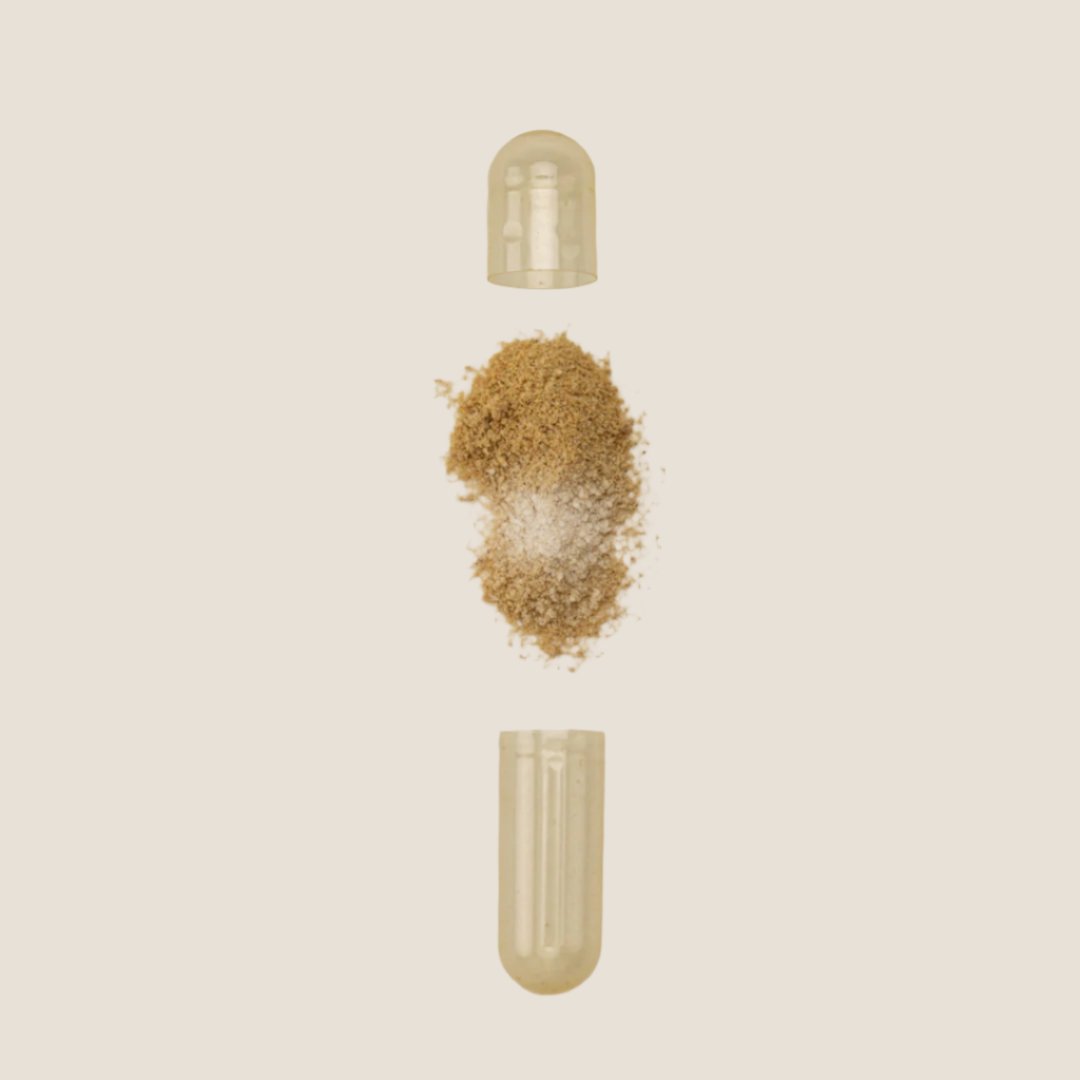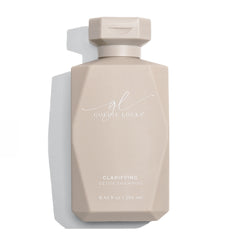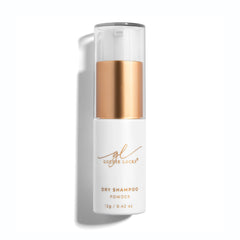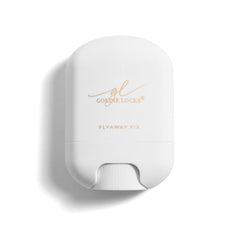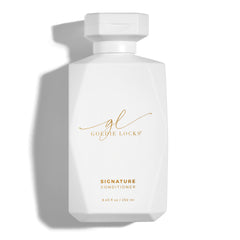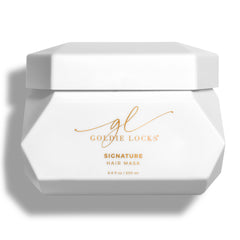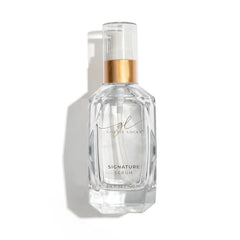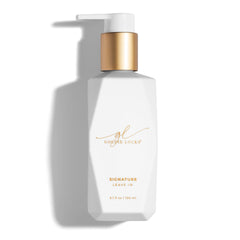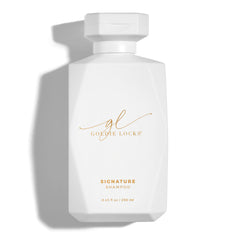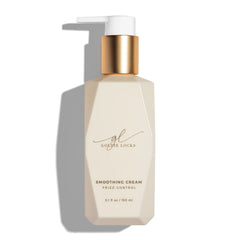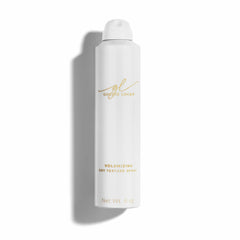Alopecia, a term used to describe various hair loss conditions, can significantly impact self-esteem and overall quality of life. While hair loss can be distressing, understanding the different types of alopecia and exploring potential treatment options can empower you to manage these conditions effectively.
Types of Alopecia

Alopecia can generally be classified into two primary categories, non scarring and scarring. Each type has different causes and potential treatments.
1. Nonscarring Alopecia is the most common type of hair loss, and it does not involve scarring of the scalp. Hair loss can be temporary or permanent.
- Androgenetic alopecia, is known as male-pattern or female-pattern baldness, this is the most frequent type of hair loss, often influenced by genetics and hormones.
- Alopecia areata is caused by an autoimmune disorder that causes hair to fall out in small, round patches on the scalp or body.
- Telogen effluvium is a temporary form of hair loss triggered by stress, illness, or medication. It usually resolves when the underlying cause is addressed.
2. Scarring Alopecia is a less common type that results in permanent hair loss due to inflammation or damage to the hair follicles, causing scarring.
Causes of Alopecia

The causes of alopecia can vary depending on the type, but common contributing factors include:
- Genetic conditions like androgenetic alopecia are often hereditary.
- Autoimmune Disorders conditions like alopecia areata are triggered by autoimmune responses.
- Hormonal Changes or fluctuations can lead to temporary hair loss.
- Some medications list hair loss as a side effect.
- Physical or emotional stress can induce temporary hair shedding, known as telogen effluvium.
- Underlying health issues, like thyroid disorders can also contribute to hair loss.
Treatment Options and DIY Solutions with Goldie Locks®

While we understand there is not one cure for all that are going through alopecia, we do recognize that we can address some day to day lifestyle enhancements to better support your hair growth cycles. We do offer products that support scalp health and encourage visible-hair growth. Additionally, here are some ways you can take control of your hair health, using a combination of expert guidance and DIY solutions.
1. Medical Treatments
Depending on the type and cause of your alopecia, a physician may recommend topical or oral medications to stimulate hair growth. For more advanced cases, treatments such as platelet-rich plasma (PRP) injections. Always consult a healthcare professional to determine the best course of action.
2. Goldie Locks® Hair Supplements
Supporting hair health starts from the inside. Our Goldie Locks® Hair Supplements are formulated with key vitamins and minerals that promote visibly thicker, stronger, and longer-looking hair. Packed with essential nutrients like biotin and collagen, these supplements help to nourish, supporting healthy hair from the inside.
3. Goldie Locks® Scalp Serum
A healthy scalp is crucial for hair growth. Our Goldie Locks® Scalp Serum contains potent ingredients like Capixyl™ that support scalp health, helping to create an optimal environment for stronger, fuller-looking hair. Capixyl™ is known for its ability to support visibly thicker, fuller hair by helping to anchor hair follicles and promote follicle health.
4. Goldie Locks® Clarifying "Detox" Shampoo
Using the right shampoo is essential for maintaining healthy hair, especially if you're dealing with hair loss. Our Goldie Locks® Clarifying "Detox" Shampoo removes buildup and impurities that can clog hair follicles, allowing your scalp to breathe. By detoxifying the scalp, you’re encouraging the best conditions for new hair growth. Use this shampoo once a week for a deep clean, followed by a gentle moisturizing routine.
Early Intervention

If you suspect you are experiencing hair loss or thinning, it’s important to first reach out to your physician sooner rather than later. Early intervention can often prevent further hair loss and improve the chances of regrowth. By combining professional treatments with nourishing products like Goldie Locks® Hair Supplements, Scalp Serum, and Detox Shampoo, you’re giving your hair the best possible chance to thrive.
Alopecia may present challenges, but with the right understanding and approach, you can take control of your hair’s health. Goldie Locks® offers powerful, natural solutions designed to support scalp health and visibly fuller, healthier-looking hair. Whether you're dealing with temporary hair loss or looking for preventative measures, our range of products will help you care for your hair at every step of the journey.





